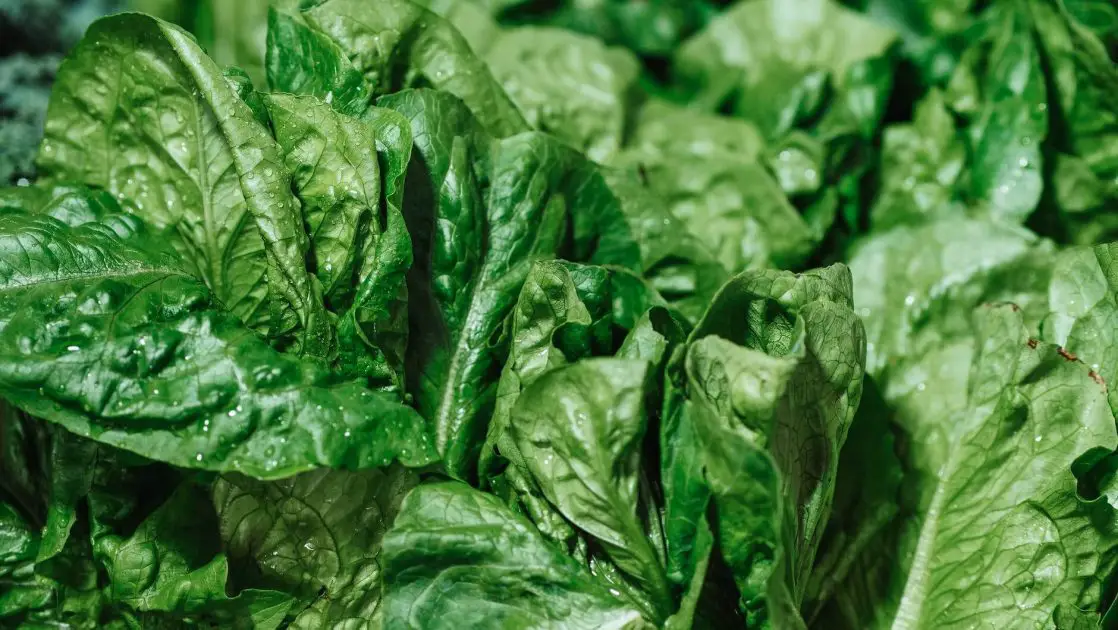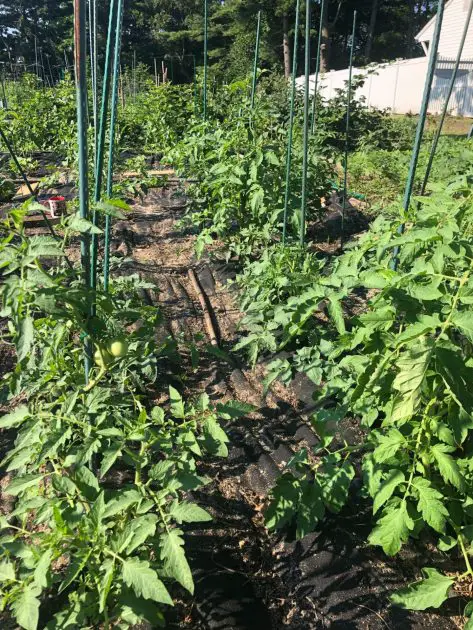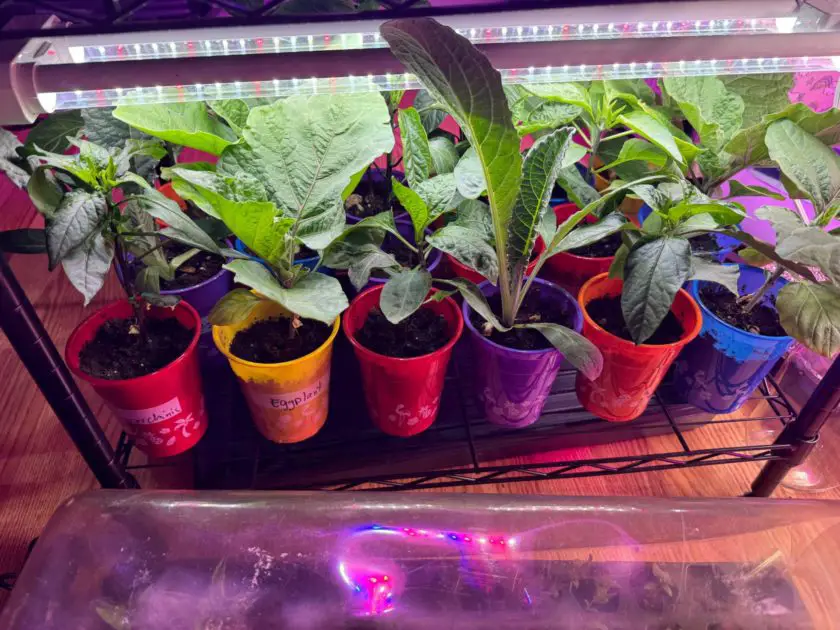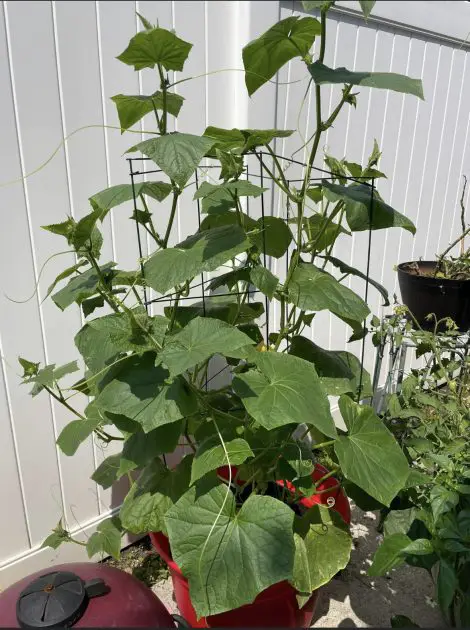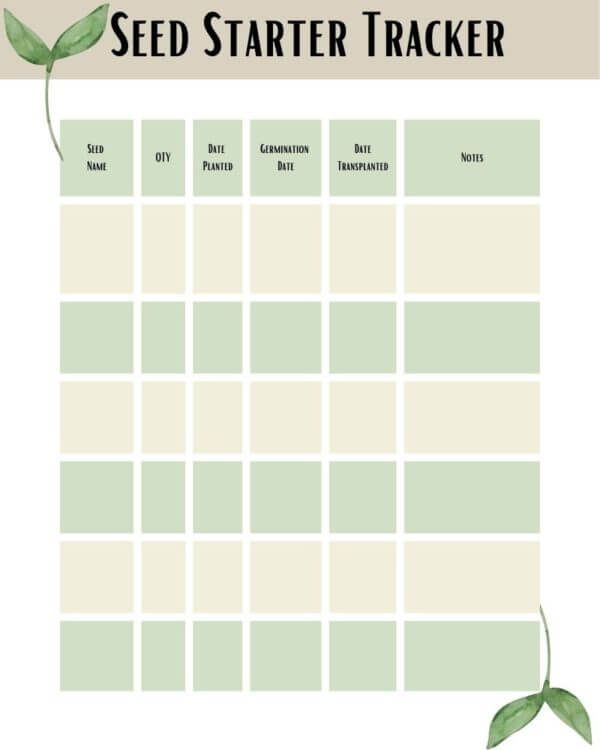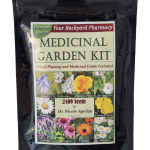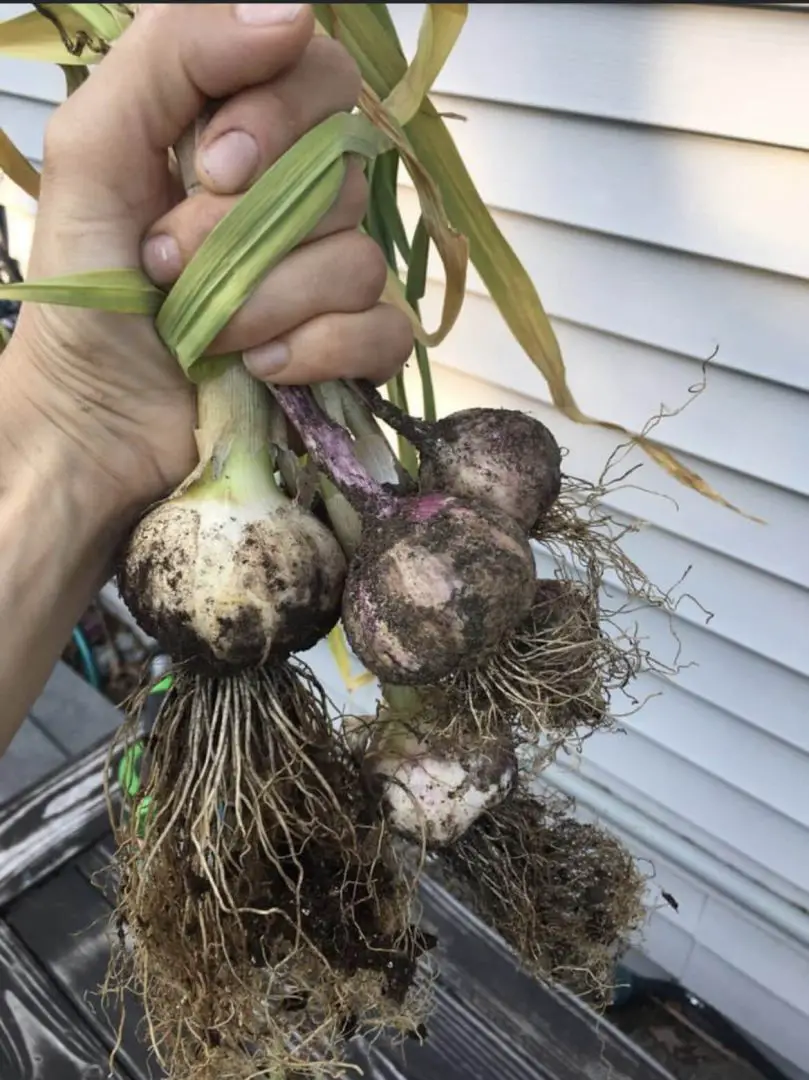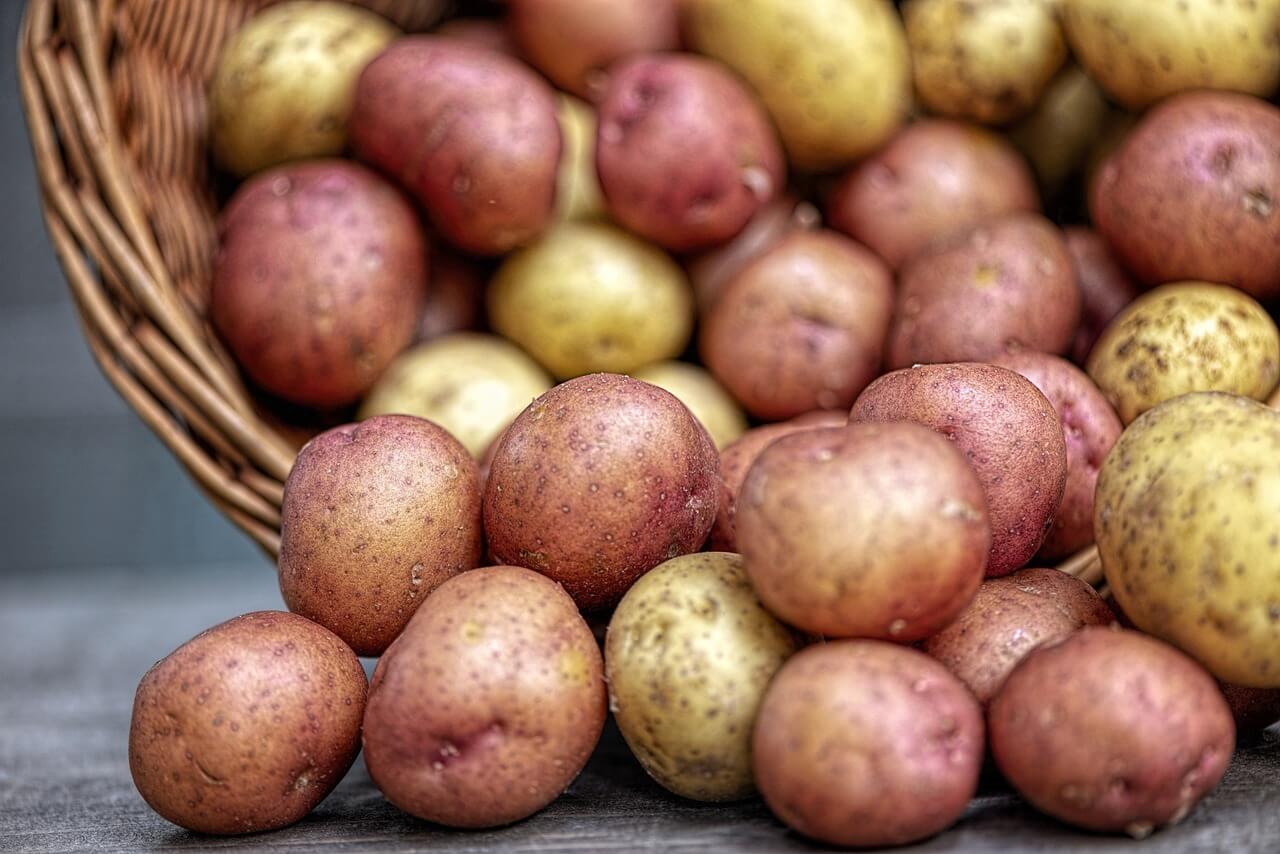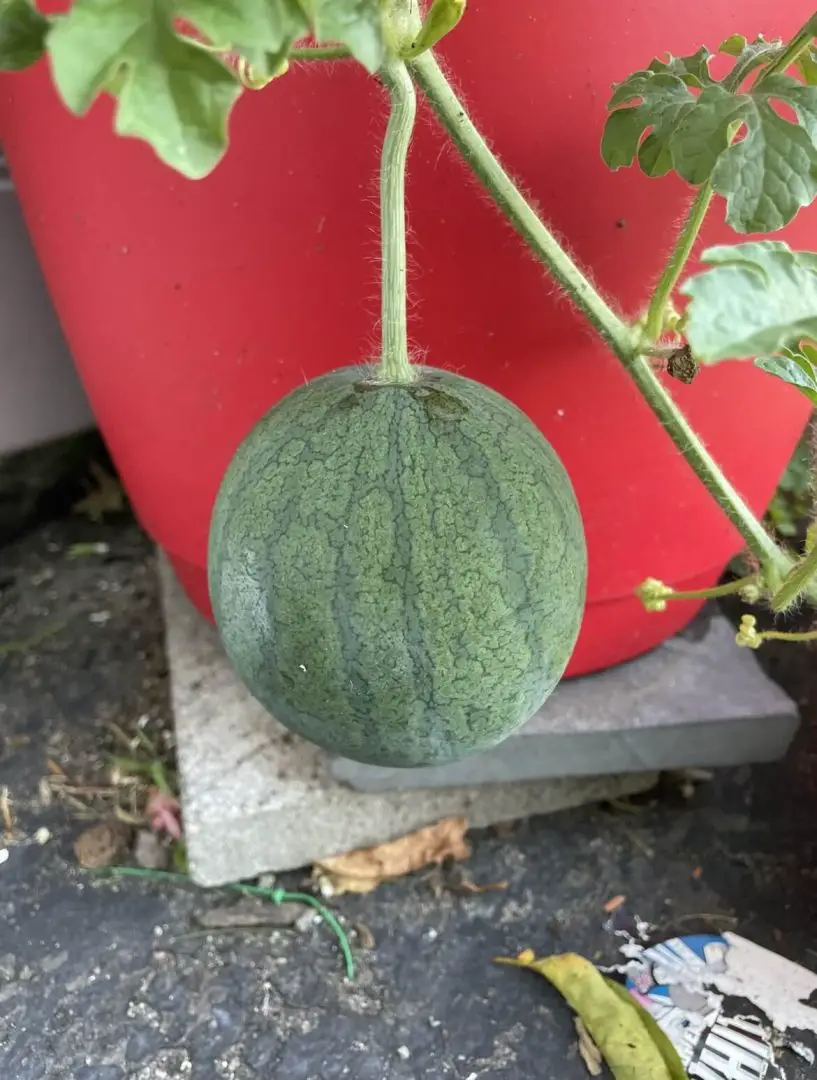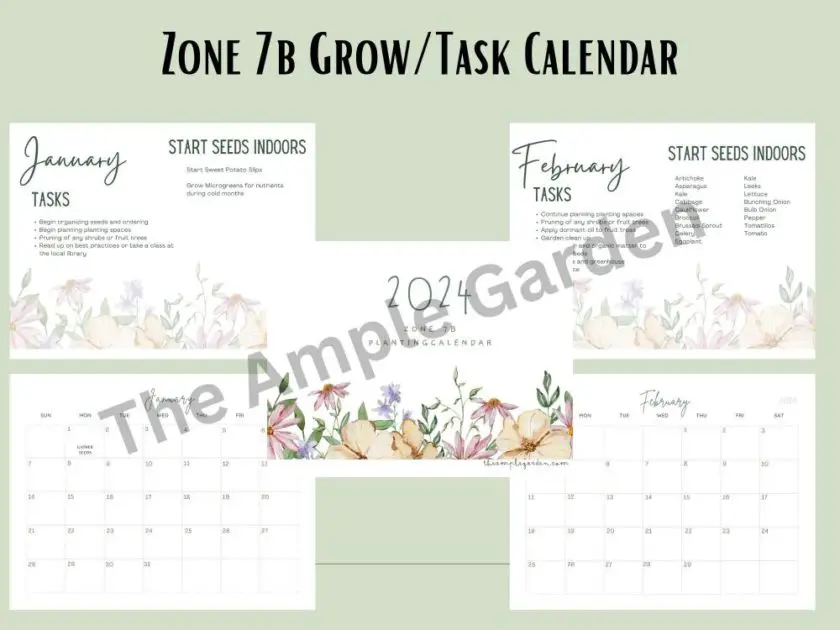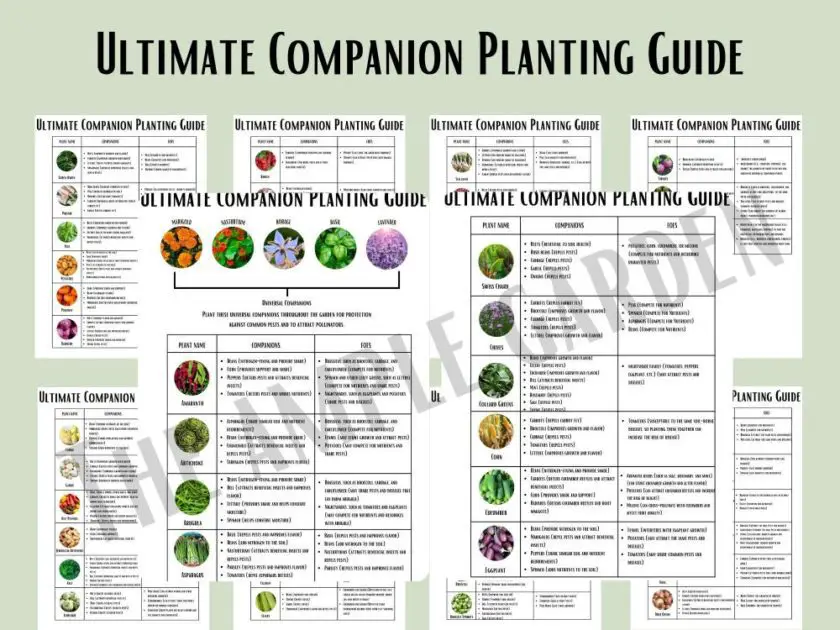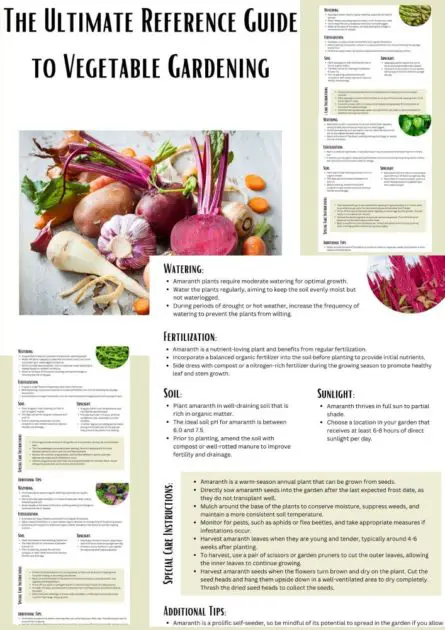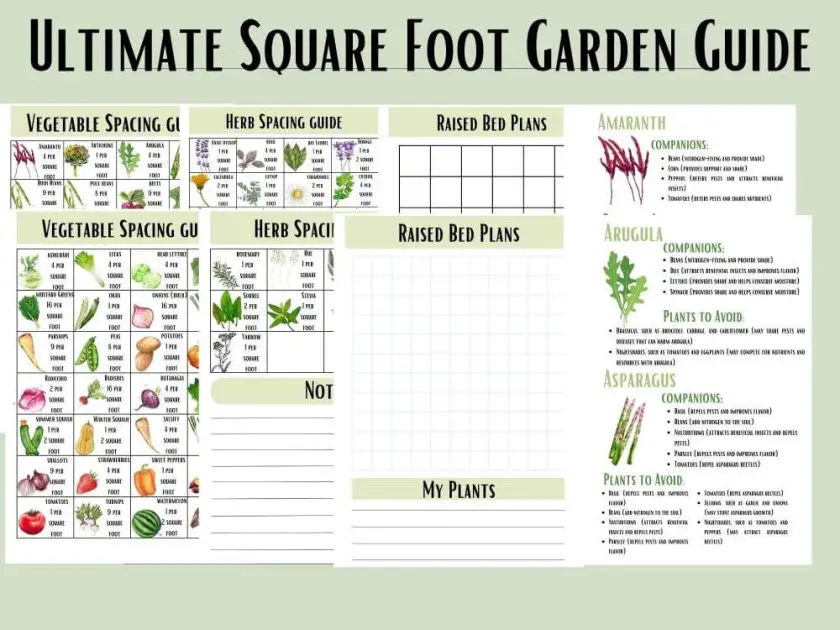Spinach is one of my favorite cool-season crops to grow. They are the perfect addition to salads, breakfast omelettes, and even as a nutritious additions to shakes.
his nutrient-rich vegetable does not take much effort to be successful. Start it early, before the heat set in and you can enjoy the green-leafy powerhouse all spring long.
If you’re tired of buying expensive, plastic covered spinach only to have it wilt just days later, then growing your own spinach is the perfect venture! Spinach does not take up a lot of space to grow and can easily be grown in containers, on balconies, or patios.
If you’re interested in learning how to grow this mighty plant, then you are in the right place! We will discuss how to sow spinach seeds, water properly, and harvest for a continuous growing crop!
Helpful Products from Amazon for Growing Spinach
Start With A High-Quality Soil
The most important part of any gardening venture is ensuring the quality of the soil you use will meet the demands of your growing plants.
If growing in containers, start with a high-quality potting mix such as Fox Farm potting soil. Potting soil can be reused season after season once it has been amended with organic matter such as compost.
When growing your spinach directly in a garden, use compost, manure, or organic fertilizer to amend the soil. Till the soil until it is well incorporated into the soil.
By making sure your soil is of the best quality, you will mitigate any issues that could potentially arise from a nutrient-deficient growing medium.
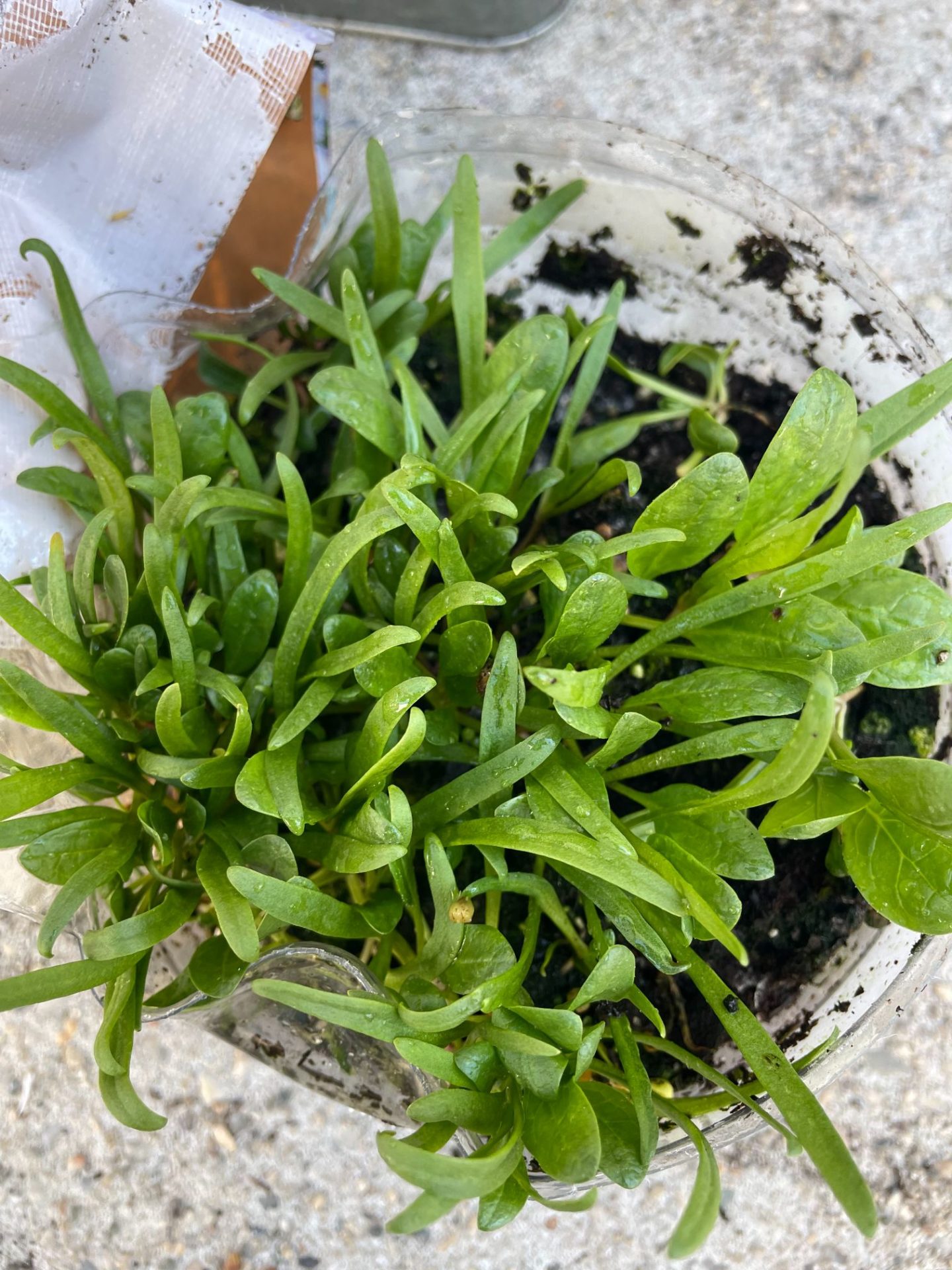 Pin
Pin Sow Your Spinach Seeds
Keeping track of your zone’s growing period is a crucial factor in ensuring you are not planting your seeds too early or too late.
Since spinach is a cool-season crop, you should plant your seeds in the early spring when the weather is still chilly. Conversely, seeds can be winter sown in jugs in late winter to get a jump start on the growing season. Spinach seeds do quite well as a winter-sown vegetable.
If winter-sowing seeds, transplants can be moved into their growing spots as soon as the weather warms up a bit. In zone 7b, this is usually sometime around April.
If directly sowing seeds in containers or in the garden, you will want to space the seeds 2-3 inches apart. I like to plant my seeds about an inch deep and cover them with organic compost.
When you’ve sown your seeds, water them thoroughly and maintain a damp but not soggy soil environment. Thin out your plants when they are between 2-3 inches tall, leaving about 3–4 inches between each plant.
They will have lots of areas to expand as a result.
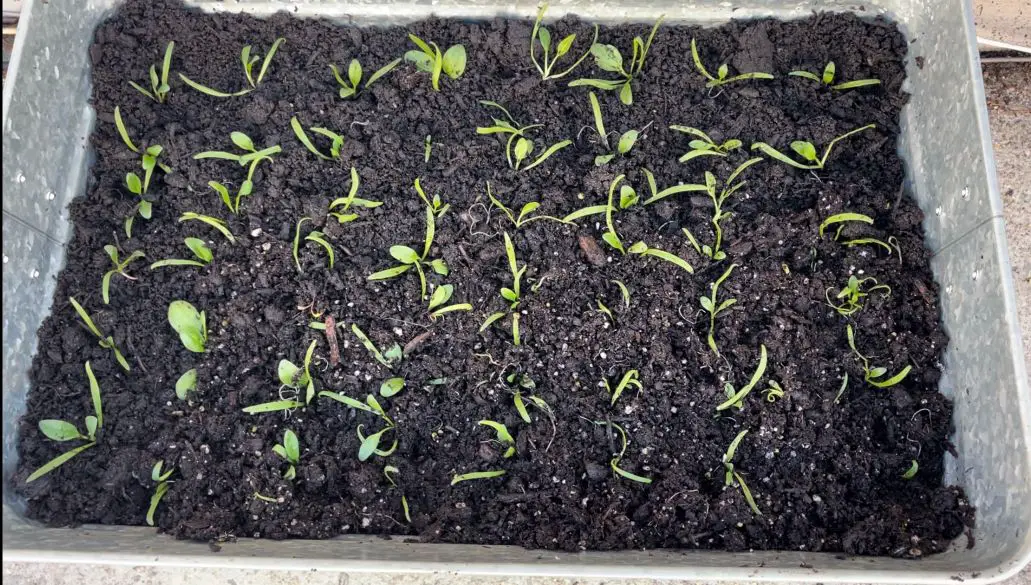 Pin
Pin Thin Out Your Spinach Seedlings
Even though it might be a difficult chore, thinning out your spinach seedlings is essential to ensuring that your plants develop to their maximum potential.
Use scissors to carefully cut off any additional seedlings that are growing too closely together to thin out your spinach seedlings.
To give each seedling room to grow and thrive, you should leave around 2-3 inches between them.
To keep your spinach seedlings from drying out before and after thinning, remember to hydrate them.
Because the plants don’t have much room to spread out, you might need to thin spinach plants more frequently if you wish to grow it in containers.
Fertilize Your Spinach Plants
A excellent approach to make sure your spinach plants have all the nutrients they need to develop and thrive is to fertilize them.
You can use your own compost or use a fertilizer designed specifically for veggies.
The nitrogen and other micronutrients that spinach needs to grow robustly and healthily can be found in compost.
After applying the fertilizer, gently work the dirt near the plant’s roots with your hands. Water your plants thoroughly ensuring the fertilizer is well incorporated into the soil.
Use a well balanced organic fertilizer once a month or so to maintain your spinach producing flavorful leaves all season long.
Remember that your spinach plants can suffer from too much fertilizer. Make sure to adhere to the recommendations on the packaging and don’t overdo it.
Water Your Spinach Plants Regularly
For a spinach plant to develop and produce those green leafy leaves, it has to be watered.
Follow these straightforward guidelines to make sure you’re watering your spinach plants correctly:
1. Water your spinach plants at least once every week, preferably in the cooler morning or evening.
2. Keep the soil barely damp but not drenched. Use your finger to feel the soil to see if it needs water. It’s time to water if the top 1-2 inches of soil feel dry.
3. When growing spinach in pots, consider using mulch or a drip watering system to lessen evaporation and preserve water.
4. To water your spinach plants more effectively, if you reside in a region with high temperatures and little humidity, think about using a soaker hose.
The same guidelines still hold true for spinach growers who prefer to use containers.
Just make sure the container has a drainage hole in the bottom, and use a light soil mixture that can hold moisture.
Moreover, because containers dry up more quickly than in-ground gardens, make careful to check the soil moisture levels more frequently.
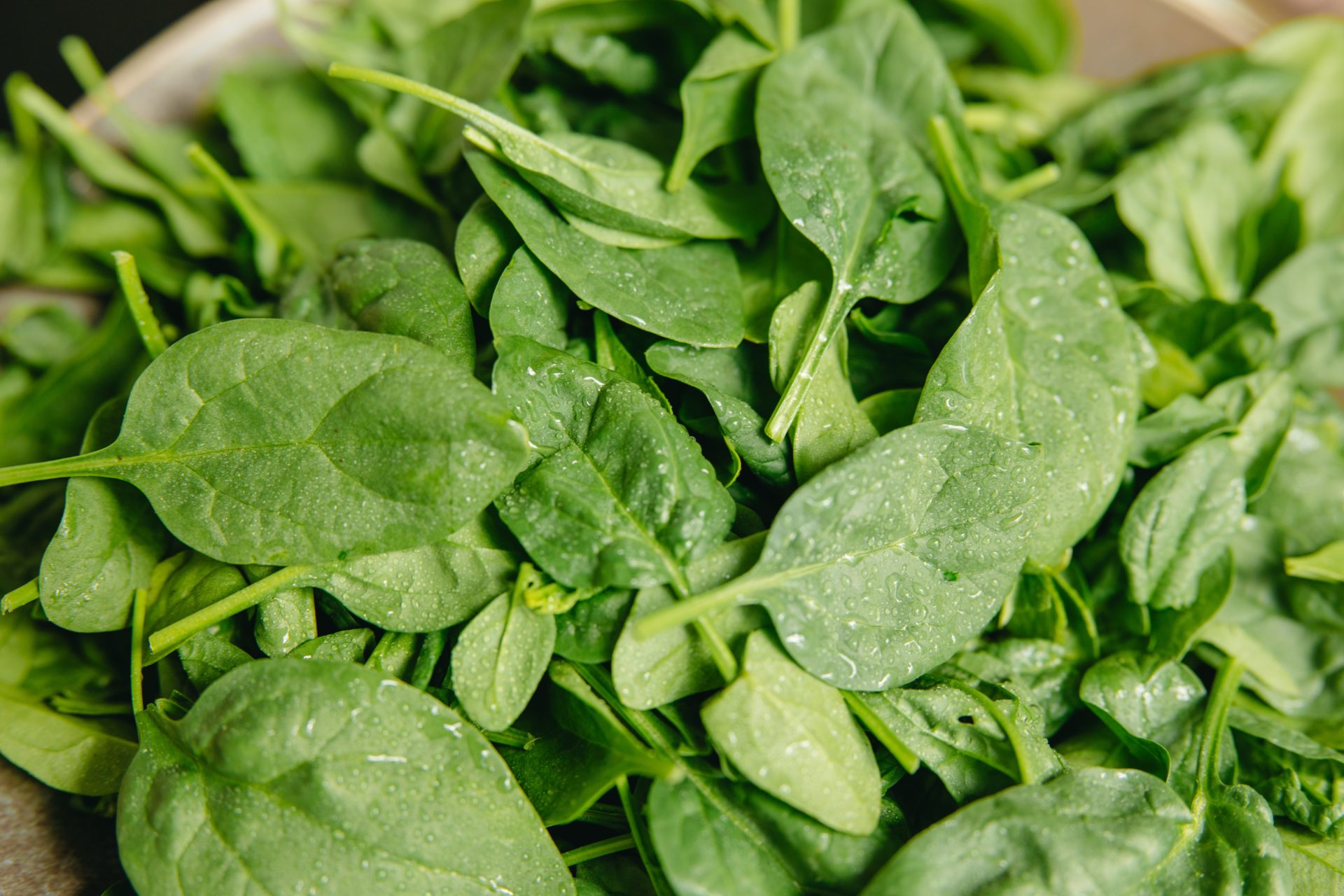 Pin
Pin Common Spinach Pests
Every gardener must do battle with pests in the garden and spinach is no different. Some common pests are:
Aphids: These tiny, pear-shaped insects can cause yellowing of leaves and stunted growth in spinach plants.
Cutworms: These caterpillar-like larvae can cut through spinach stems at the soil level, causing the plant to wilt and die.
Leaf miners: These tiny insects lay eggs on the leaves of spinach plants, and their larvae tunnel through the leaves, causing brown, winding trails.
Slugs: These slimy creatures can munch through spinach leaves, leaving large holes and ragged edges.
Spider mites: These tiny pests can cause yellowing and stippling of spinach leaves, and severe infestations can cause the leaves to drop off.
Whiteflies: These small, winged insects suck the sap from spinach leaves, causing them to turn yellow and die.
Thrips: These tiny insects can cause stippling and distortion of spinach leaves, and severe infestations can cause the leaves to become papery and brittle.
What Are the Best Spinach Companion Plants
Companion planting is the planting of complimentary plants to battle common pests we may find in the garden. The best companion plants to spinach are:
1. Garlic: garlic is an excellent companion to consider for spinach. Both a natural fungicide and insect repellent, garlic can help protect spinach from aphids and other destructive insects.
2. Marigold: Marigold is an excellent all-around companion plant. Their strong scent tends to repel many insects including nematodes and spider mites.
3. Nasturtiums: Nasturtiums are another great choice for companion plants to spinach. They are a natural pest repellent to whiteflies, aphids, and other harmful insects. The flowers of the nasturtium are edible and their slightly peppery taste can add a colorful addition to salads and meals.
Harvest Your Spinach Leaves
Spinach is a cut and come again type of vegetable. As long as the main stem is not damaged, it will keep producing leaves.
In general, harvesting is best done in the morning before the sun has dehydrated the vast majority of vegetables. Spinach is no different. Cut your leaves in the morning when they are at their best.
Using scissors, cut leaves at the stem. Collect your leaves in a bowl that you can also use for cleaning the leaves. Make sure you leave enough leaves on the plant so that it can continue producing energy from the sun.
Spinach leaves will need to be rinsed thoroughly with water before use. I like to soak mine in water for a few minutes and then rinse out a few times. I like to use a salad spinner to help dry the leaves before storing them. Be sure to be gentle because the leaves tend to bruise easily.
Pick out any damaged or discolored leaves and your leaves can be used immediately or stored in the refrigerator for up to a week.
How to Preserve Spinach
Once your spinach is harvested there are several ways that you can preserve them.
Once your freshly harvested spinach leaves have been washed thoroughly, place them in a sealable plastic bag. The leaves can last in the refrigerator for about a week this way.
If you are looking to preserve your spinach leaves for an extended period, you will need to freeze them. Start by blanching the leaves in boiling water for about a minute.
Immediately remove the leaves and place them into an ice bath of cold water.Dry your leaves and then place them in a sealable bag and place them in your freezer.
You can either vacuum seal them or use the dunked water method to remove any air from a sealable bag.
By taking the time to freeze them, you will be able to enjoy the leaves over the colder, winter months.
Final Thoughts
Growing spinach at home is a fantastic way to enjoy this highly nutritious green. It’s a fairly easy crop to grow and an even easier crop to store for the winter months.
By following a few simple steps like ensuring you start seeds in fertile soil and providing your plants with enough water, you will be well on your way to growing your very own.
Let us know in the comments below if you will try growing your own this season.
Happy growing!

